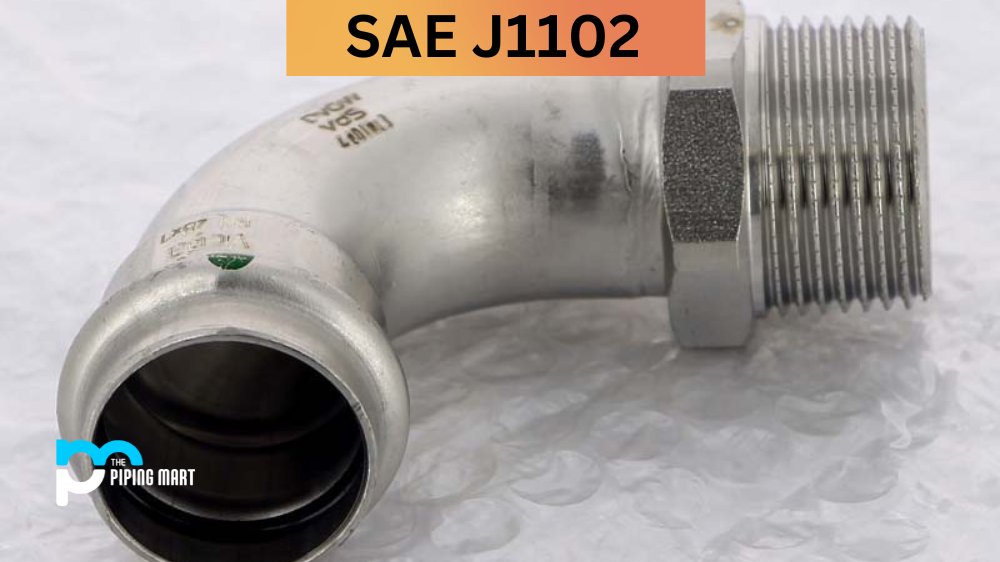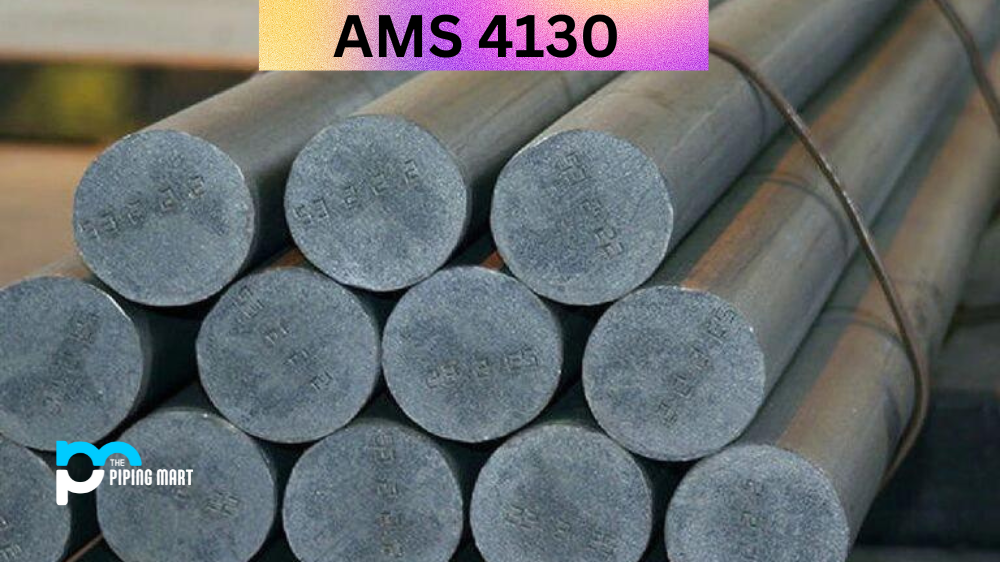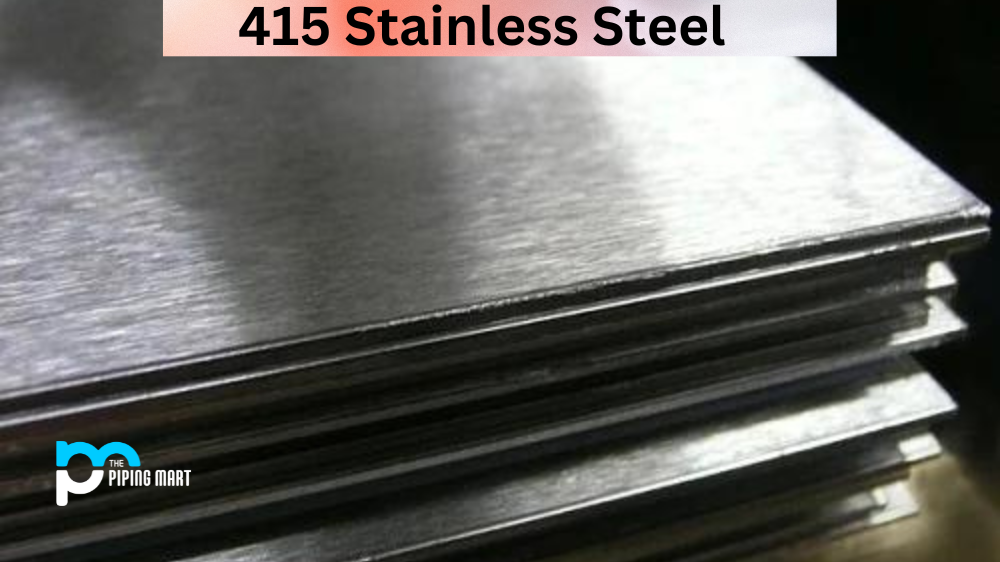SAE J1102 is a high-strength alloy steel commonly used to construct automotive and heavy-duty equipment components. This material is known for its strength and durability as an industry standard, making it ideal for high-stress applications. This blog post will dive deeper into the composition, mechanical and physical properties, uses, corrosion resistance, heat treatment, machining, and welding techniques associated with SAE J1102.
SAE J1102 Composition
SAE J1102 belongs to the family of low-alloy steels composed of carbon, manganese, and tiny amounts of other metals such as copper, nickel, and chromium. The chemical composition of SAE J1102 varies depending on the manufacturer, but it typically ranges between 0.25%-0.29% carbon, 1.10%-1.50% manganese, 0.15%-0.25% copper, and up to 0.35% nickel and chromium.
SAE J1102 Mechanical Properties
One of the essential characteristics of SAE J1102 is its high yield and tensile strength, allowing it to withstand high-stress applications. The typical yield strength of SAE J1102 is around 120 ksi, and the ultimate tensile strength can range between 130 ksi and 160 ksi. Additionally, SAE J1102 possesses a good impact resistance, making it suitable for use in components subjected to high-stress levels.
SAE J1102 Physical Properties
Regarding physical characteristics, SAE J102 displays average density, with values ranging between 7.85 g/cm3 and 8.00 g/cm3, depending on the thickness of the material.
SAE J1102 Uses
Due to its high strength and hardness, SAE J1102 is commonly used to manufacture automotive and heavy-duty equipment components. These components include axles, gears, shafts, and springs. Additionally, SAE J1102 produces hydraulic and pneumatic cylinders and other high-stress applications.
SAE J1102 Corrosion Resistance
Although SAE J1102 demonstrates good strength and fatigue resistance, it has poor corrosion resistance, making it susceptible to rust and other forms of corrosion. To reduce the risk of corrosion, manufacturers may use a protective coating, such as paint or plating.
SAE J1102 Heat Treatment
Heat treatment is essential to enhance the mechanical properties of SAE J1102. The treatment involves heating the material to a critical temperature above the austenitic phase and cooling it at a predetermined rate. Depending on the required final properties of the component, different heat treatment techniques like quenching or tempering can be used.
SAE J1102 Machining
SAE J1102 is a difficult material to machine due to its high strength and hardness. However, it can be efficiently machined with the right tools and techniques. High-speed steel (HSS) or carbide-cutting tools and low feed rates should be used for optimal results. Lubrication is vital to prevent overheating and prolong the life of the cutting tool.
SAE J1102 Welding
Welding is often an essential process when working with SAE J1102. The material can be welded through various methods, including gas tungsten arc welding (GTAW), gas metal arc welding (GMAW), and shielded metal arc welding (SMAW). Preheating and post-welding heat treatment are essential to reduce the risk of cracking and improve weld-on properties.
Conclusion
In conclusion, SAE J1102 is a high-strength, low-alloy steel used widely in manufacturing automotive and heavy-duty equipment components. Its mechanical properties make it ideal for high-stress applications. However, SAE J1102 has poor corrosion resistance, making it essential to use a protective coating to reduce the risk of rust. Heat treatment, machining, and welding are crucial processes to improve the properties and suitability of the material for the intended application. By understanding the composition, properties, and applications of SAE J1102, manufacturers can make informed decisions for their component manufacturing requirements.
Meet Heer, a dynamic and driven writer learning tricks of her trade in the metal industry. With a background in Digital Marketing, Heer brings a unique perspective to her writing, sharing valuable insights. Apart from blogging she like reading and hiking.




